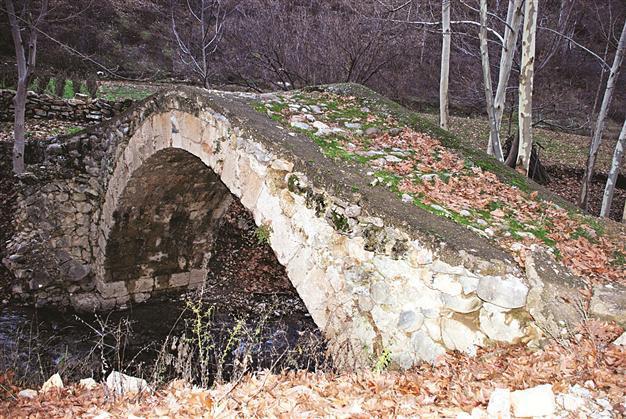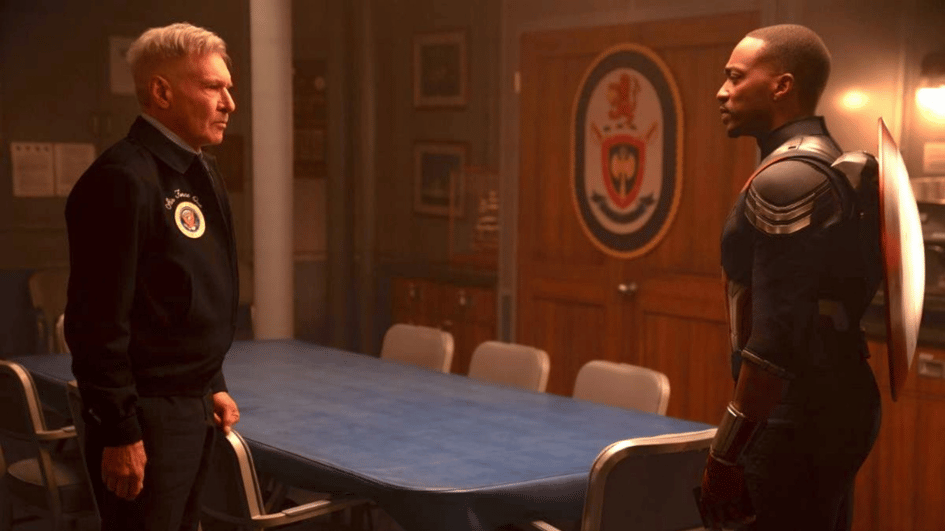Arapgir’s first settlement taken under protection
MALATYA - Anatolia News Agency

There were many mansions remaining from Anatolian beyliks in the Eskişehir Valley. These have been restored and survived until today. AA Photos
A protective architectural plan is being prepared for the Eskişehir neighborhood of Malatya’s famous Arapgir district.District Governor Ercan Turan said Arapgir was located on a number of ancient routes, including the historic Silk Road, adding that all the roads from Damascus, Aleppo and Baghdad merged there.
“This road is a kind of gate from the Trabzon Port to Crimea, Russia and Eastern Europe. This is why our district has always been a center of attraction throughout history. Romans settled here, but there were also settlements in 3,000 B.C., before the Romans. There is a Roman castle in the Eskişehir neighborhood,” he said.
Turan said that in the Eskişehir Valley, where the Eskişehir neighborhood is located, Turkish settlement started after 1071, and that the neighborhood had also been home to Anatolian “beyliks” [principalities] during the Seljuk and Ottoman periods.
He said there were many mansions remaining from the Akkoyuns, an Anatolian beylik, in the Eskişehir Valley. “These have survived until today and have been restored. This place was also home to Anatolian beylics like the Danişments and the Menguceks before the Akkoyuns.”
Restoration of works
Turan said that they had restored two out of four mosques in the valley and initiated works for the restoration of many other artworks. As for the Molla Eyüp Library in the neighborhood, Turan said this was also set to be restored. “The Provincial Culture and Tourism Directorate has made a tender for the restoration of the library. This neighborhood became a center of scholarship 800 years ago; the people of Arapgir like reading and a reading culture has existed across the history of the district.”
Turan also spoke about the water resources that give life to the valley, saying the water resources were very important for the valley’s being chosen as a settlement area by both the Romans and the Muslim Turks. “Water was carried to the Roman castle through the channels made of earth and presented to the use of people. The remains of this system still exist,” he said.
The center of Arapgir also has modern buildings, Turan said, adding that the municipality did not give permission to high and concrete buildings in the Eskişehir neighborhood.
Arapgir Mayor Haluk Cömertoğlu said their purpose was to protect the cultural and historical heritage in the neighborhood and to revive it.
He said that they had started preparing an architectural plan to protect the neighborhood against unsightly new concrete buildings. “The construction of concrete and high buildings will not be permitted in the Eskişehir Valley within the scope of this plan. The valley will be a 3rd degree natural protected site. The architectural plan will be finished in two years,” he said.
















